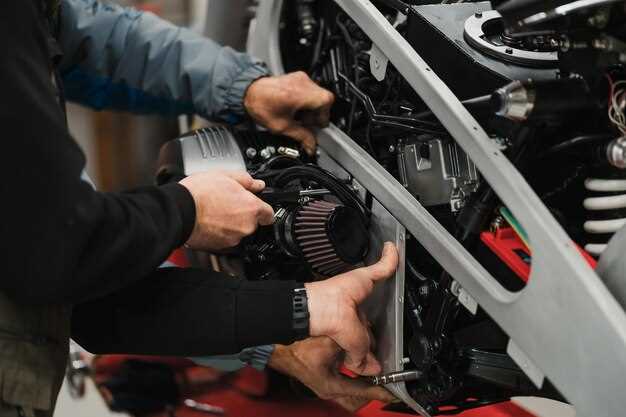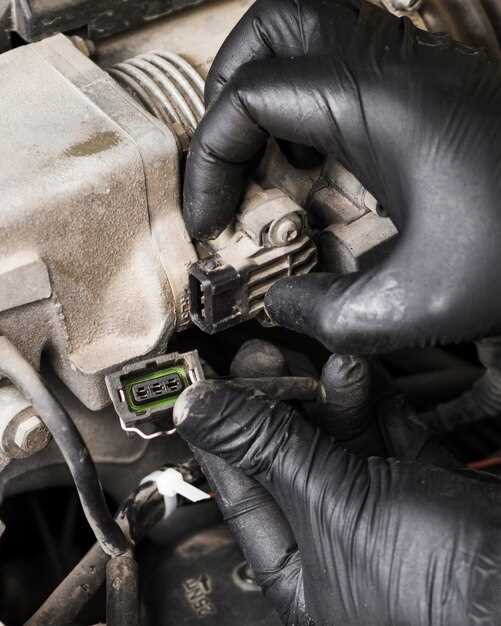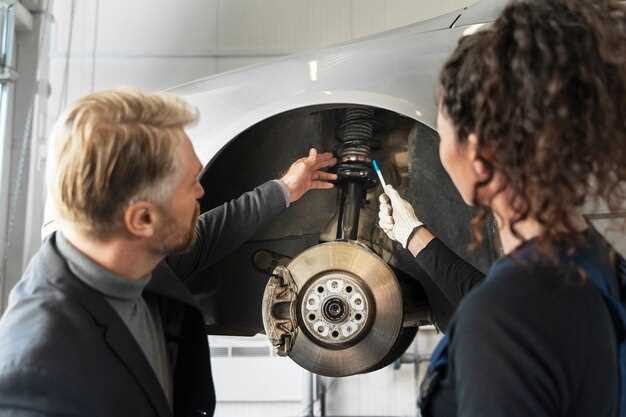
Upgrading the Valvetrain for High RPM Racing
- George Harris
- 0
- Posted on

In the world of high-performance racing, maximizing engine efficiency and power output is crucial for success on the track. One of the most critical components that plays a significant role in achieving these goals is the valvetrain. Upgrading the valvetrain is essential for engines designed to operate at high RPMs, where precision and reliability are paramount.
High RPM performance racing puts extreme stress on the engine components, particularly the valves and associated mechanisms. Standard valvetrain systems may not withstand the demands of high-speed operation, leading to potential failures and a reduction in overall performance. Therefore, investing in a robust, high-quality valvetrain upgrade is a vital step for any serious racer looking to enhance their engine’s capabilities.
When considering valvetrain upgrades, it is important to focus on key components such as camshafts, lifters, valve springs, and retainers. Each of these elements interacts within the system to control the timing and lift of the valves, influencing airflow and combustion efficiency. By upgrading these components, racers can achieve quicker valve response, improved throttle response, and greater overall power output at high RPMs.
Optimizing Camshaft Profiles for Maximum Lift and Duration

In high RPM performance racing, optimizing camshaft profiles is crucial for achieving maximum power and efficiency. The camshaft plays a fundamental role in controlling the timing and amount of air and fuel entering the engine. To enhance performance, it is essential to focus on two key parameters: lift and duration.
Maximum lift refers to the distance the intake and exhaust valves are opened, allowing for greater airflow into and out of the combustion chamber. Higher lift values can significantly improve engine breathing, which is vital at elevated RPMs. However, achieving optimal lift requires careful consideration of valve spring rates and rocker arm ratios to avoid valve float and ensure reliable operation under high-stress conditions.
Duration, defined as the length of time the valves remain open during the engine cycle, directly impacts the amount of time gas can enter and exit the combustion chamber. A longer duration typically enhances high-end power, but it can adversely affect low-end torque. Therefore, finding the right balance between duration and lift is essential for maximizing overall engine performance across the RPM range.
When selecting or modifying camshaft profiles, it is essential to consider the engine’s specific characteristics, such as displacement, compression ratio, and intended use. For example, racing engines generally benefit from higher lift and longer duration profiles to maximize airflow, while street engines often require more moderate specifications to maintain drivability.
Adjusting the timing of the camshaft can also be beneficial. Advancing or retarding the camshaft timing modifies the valve opening and closing events, which can optimize performance for specific RPM ranges. This adjustment can enhance torque and horsepower in the desired range, allowing for a more effective power band.
Lastly, using advanced measurement tools such as dynometers and flow benches can help in fine-tuning camshaft profiles. Evaluating engine performance under real-world conditions provides valuable data that can guide adjustments in lift and duration, ultimately leading to significant gains in horsepower and efficiency in competitive racing scenarios.
Selecting the Right Valves and Springs for High RPM Stability

When upgrading the valvetrain for high RPM performance racing, choosing the appropriate valves and springs is crucial for engine stability and efficiency. The first consideration is the material of the valves. Titanium valves are lightweight and provide superior strength, allowing for higher RPMs without significant risk of failure. However, stainless steel valves also offer reliability and can withstand higher temperatures, making them a preferred choice for many applications.
The diameter of the valves must also be evaluated. Larger valves can improve airflow and enhance performance, but they may introduce more weight and require more precise setup to prevent float at high RPMs. Careful balancing of diameter and weight is essential to maximize airflow while maintaining stability.
Spring selection plays a critical role in controlling the behavior of the valves at high RPMs. High-performance valve springs must be able to handle the increased pressures without losing tension. Dual or triple spring setups are often recommended because they help reduce valve float and ensure consistent seating at extreme RPMs. Springs with a higher rate also provide better control over valve movement, further enhancing the engine’s stability.
Another key aspect is the installation of spring dampers, which can mitigate the vibrations caused by the rapid opening and closing of valves. Dampers help absorb shocks during operation, significantly improving the longevity of both the valves and springs.
Adjustment of the spring preload is also essential. Adequate preload ensures that the springs maintain sufficient pressure through the entire RPM range, preventing issues like valve bounce or float. This requires precise measurements and proper setup during installation.
Lastly, regular inspection of the valvetrain components is critical. Over time, wear and fatigue can affect performance. Monitoring the condition of the valves and springs can help identify potential problems before they lead to catastrophic failures, allowing for timely maintenance and ensuring optimal engine performance in high RPM racing scenarios.
Implementing Adjusting Technology for Precise Valve Timing Control
In high RPM performance racing, precise valve timing is crucial for maximizing engine efficiency and power output. Implementing advanced adjusting technology plays a significant role in achieving optimal valve control, which directly impacts engine performance at elevated RPMs.
One of the most effective methods for achieving precise valve timing is the incorporation of Variable Valve Timing (VVT) systems. These systems allow for dynamic adjustments to valve lift and duration based on engine speed and load conditions. By utilizing electronically controlled solenoids or hydraulic actuators, VVT systems can modify the timing of valve events, ensuring that the engine breathes optimally across a wide RPM range.
Further enhancement of valve timing precision can be achieved through the adoption of dual or variable lift profiles. With this technology, the engine can adjust the amount of lift applied to the valves depending on the RPM and power demand. Lower lift profiles can be utilized for improved torque at lower RPMs, while higher lift profiles can be deployed for maximum airflow at peak RPMs, providing both efficiency and power.
Additionally, utilizing advanced camshaft designs, such as roller finger followers or adjustable cam gears, can further refine valve timing control. These designs reduce friction losses and allow for more consistent performance under varying conditions. Furthermore, programmable engine management systems can integrate with these technologies to provide real-time adjustments based on feedback from sensors monitoring engine parameters.
Incorporating these technologies not only improves power delivery but also enhances engine reliability and reduces wear, which is critical in high-performance racing scenarios where precision and durability are paramount. The ability to fine-tune valve timing to the specific conditions of each race can distinctly separate competitive teams, making investing in adjusting technology a significant factor for success on the racetrack.
